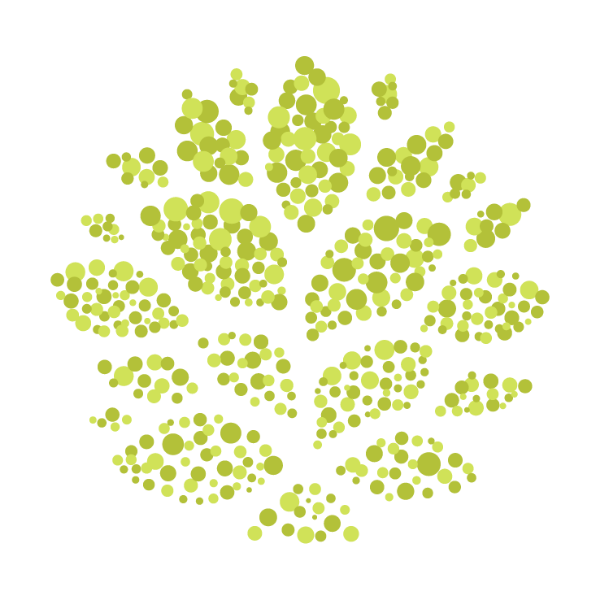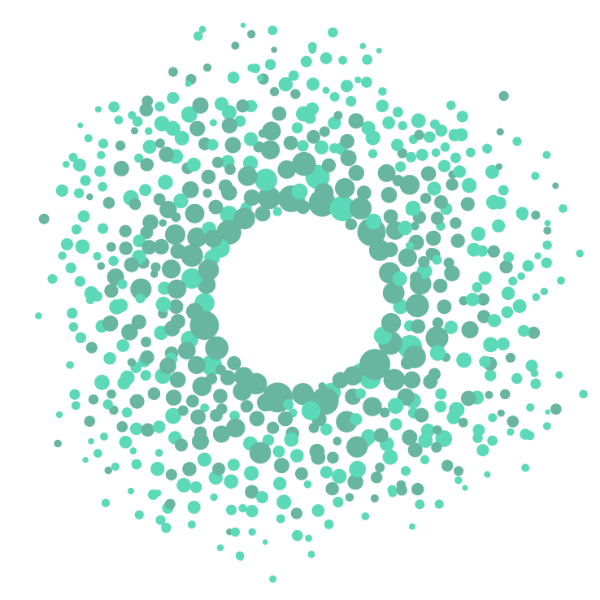
When fertile land becomes desert, farmers are forced to leave. Fewer farms means fewer crops, which exacerbates global hunger, particularly in the poorest corners of the world.
Professor Yi Zhijian and his team want to reverse this process. Using a technique called “desert soilization”, they are turning barren desert into productive, farmable land at an affordable cost and time.
Soilization mixes a water-based paste with sand and applies it to the desert surface, giving it the same physical and ecological properties as soil – with the same capacity for water and fertiliser retention and ventilation.
As crops grow and roots decay, the soilized sand becomes self-sustaining. The solution is proven, with 1,130 hectares of arable land roughly equivalent to the size of London’s Heathrow Airport, already created in multiple locations of desert. The technique is so effective that the yield of some crops increases even up to four times. By converting desert sand into farmable land, the solution provides secure incomes to the world’s remotest communities.
This year, the team will add four sites in China. If successful, this work could bring life back to the world’s driest regions.

By 2030, we choose to ensure that, for the first time in human history, the natural world is growing – not shrinking – on our planet.
This Earthshot focuses on three main areas of interest:

By 2030 we choose to ensure that everyone in the world breathes clean, healthy air – at World Health Organization standard or better.
This Earthshot focuses on three main areas of interest:

By 2030, we choose to repair and preserve our oceans for future generations.
This Earthshot focuses on three main areas of interest:

By 2030, we choose to build a world where nothing goes to waste, where the leftovers of one process become the raw materials of the next – just like they do in nature.
This Earthshot focuses on three main areas of interest:

We choose to fix the world’s climate by cutting out carbon: building a carbon neutral economy that lets every culture, community and country thrive.
This Earthshot focuses on three main areas of interest: